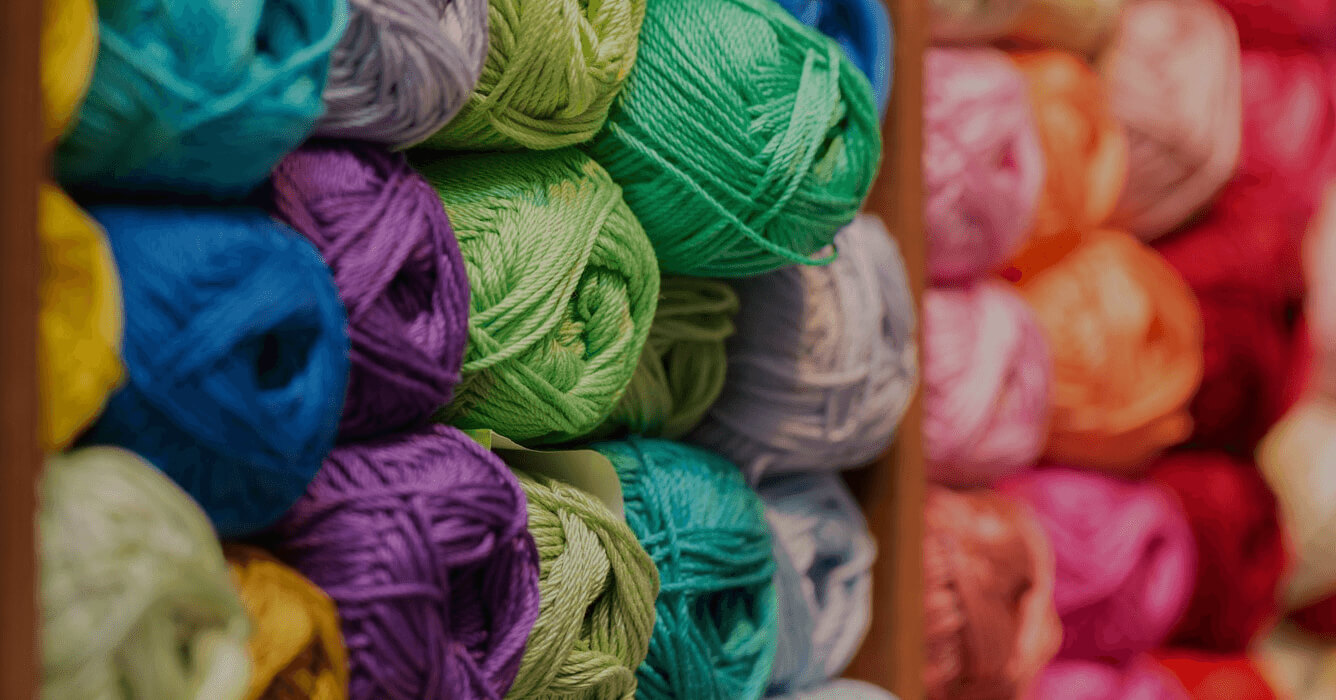
Textile Auxiliaries Testing
Textile Auxiliaries Testing
Textile auxiliaries are defined as chemicals of formulated chemical products which enables a processing operation in preparation, dyeing, printing of finishing to be carried out more effectively or which is essential if a given effect is to be obtained.
Solids content
Solids content refers to the amount of base product (proportion of non-volatile material) left in the adhesive once the volatile solvent has vaporized. This number is expressed as a percentage.
Padding (Finishing) of Auxiliaries
Padding is thin cushioned material sometimes added to clothes. Padding may also be referred to as batting when used as a layer in lining quilts or as a packaging or stuffing material.
DFA (Dyefixing Agent)
DFA is a dye fixing agent, which improves the wet fastness of dyed, or printed cotton cellulosic good on which direct reactives or after copperable dyes are used. DFA is marketed as almost water white mobile liquid having a pH of about 4.5 in 1% distilled water solution.
Binder and Fixer
Binders are those adhesive type coating forming polymeric materials which sticks pigment particles on fiber/fabric surface. Binders are white, milk-like liquid. If forms a very thin invisible film on fabric surface during curing. Under this film pigment particles are remain sticked.
APEO/NPEO
Alkylphenol ethoxylates (APEO) is the term used to describe the group of organic substances of which NPEO is one. These are mainly used as washing and cleaning agents (ie surfactants) and are used for textile and leather processing.
Formaldehyde
Formaldehyde is a type of organic chemical compound. It's present in nature in small amounts, usually as a gas. When mixed with specific liquids, it creates a sticky aqueous substance called a resin that's used on textiles for several purposes, usually during the finishing process. In textile manufacturing, finishing processes are things done to textiles after manufacturing to give them color or special properties. For example, finishing might make textiles softer or water resistant.
Heavy Metal
Heavy metals such as lead (Pb), chromium (Cr), cadmium (Cd) and copper (Cu) are widely used for production of colour pigments of textile dyes. Textile dyes pollutants are being released to the environment at various stages of operation therefore it is necessary that the pollutants are treated before discharge using zeolite with and without alum. The concentrations of these heavy metals in the textile wastewater samples were reduced to more than 50 percent after treating with zeolite.
